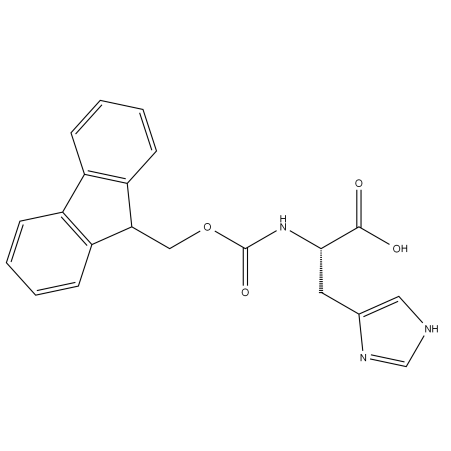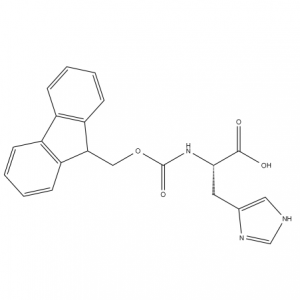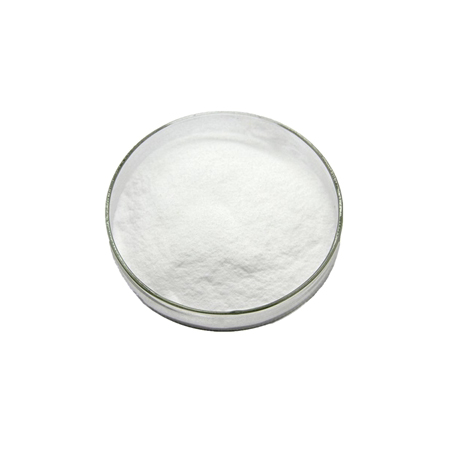The application of 116611-64-4 Fmoc-L-His-OH is diverse and plays a crucial role in various fields. Here are some of its primary applications:
Peptide Synthesis: 116611-64-4 Fmoc-L-His-OH is a key reagent in solid-phase peptide synthesis. It serves as a building block for the construction of peptides and proteins, allowing researchers to synthesize complex sequences with high precision. 116611-64-4 The Fmoc (9-fluorenylmethoxycarbonyl) group provides stability and solubility during the synthesis process, while the histidine residue offers specific chemical and biological properties. It could be one of intermediates of Angiotensin I.
Biomedical Research: Histidine is an essential amino acid in humans and plays vital roles in biological functions. By incorporating 116611-64-4 Fmoc-L-His-OH into peptides or proteins, researchers can investigate the structure-function relationships of histidine-containing sequences. This is particularly useful in studying enzyme activity, protein-protein interactions, and other biological processes.
Drug Discovery and Development: Peptides containing histidine residues have shown promise in drug discovery and development. 116611-64-4 Fmoc-L-His-OH can be used to synthesize peptides that target specific receptors or enzymes, making them potential therapeutic agents. These peptides can be screened for biological activity and optimized for therapeutic efficacy.
Bioconjugation: The histidine residue in 116611-64-4 Fmoc-L-His-OH offers unique conjugation properties. It can be used to attach peptides or proteins to other molecules, such as fluorophores, drugs, or nanoparticles, for imaging, therapeutic delivery, or other applications.
Diagnostic Assays: Peptides synthesized using 116611-64-4 Fmoc-L-His-OH can also find applications in diagnostic assays. They can be used as probes or ligands in immunoassays, biosensors, or other diagnostic platforms to detect specific analytes or biological markers.
 Building 12, No.309, South 2nd Road, Economic Development Zone, Longquanyi District, Chengdu, Sichuan, China.
Building 12, No.309, South 2nd Road, Economic Development Zone, Longquanyi District, Chengdu, Sichuan, China. amy@enlaibio.com / cynthia@enlaibio.com / edison@enlaibio.com / daisy@enlaibio.com
amy@enlaibio.com / cynthia@enlaibio.com / edison@enlaibio.com / daisy@enlaibio.com +86 (028) 84841969
+86 (028) 84841969 +86 135 5885 5404
+86 135 5885 5404






















.png)


